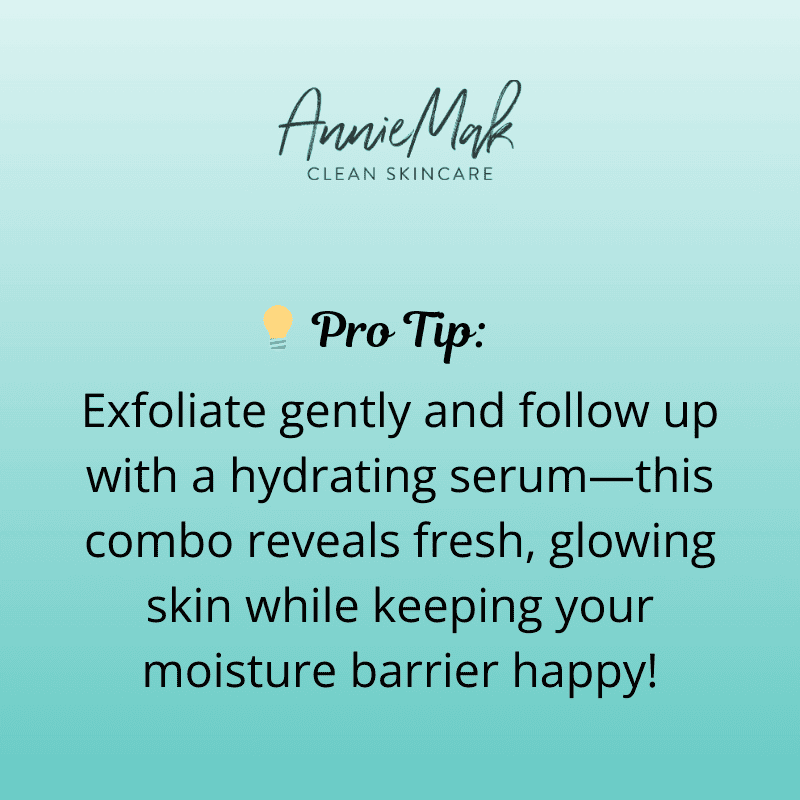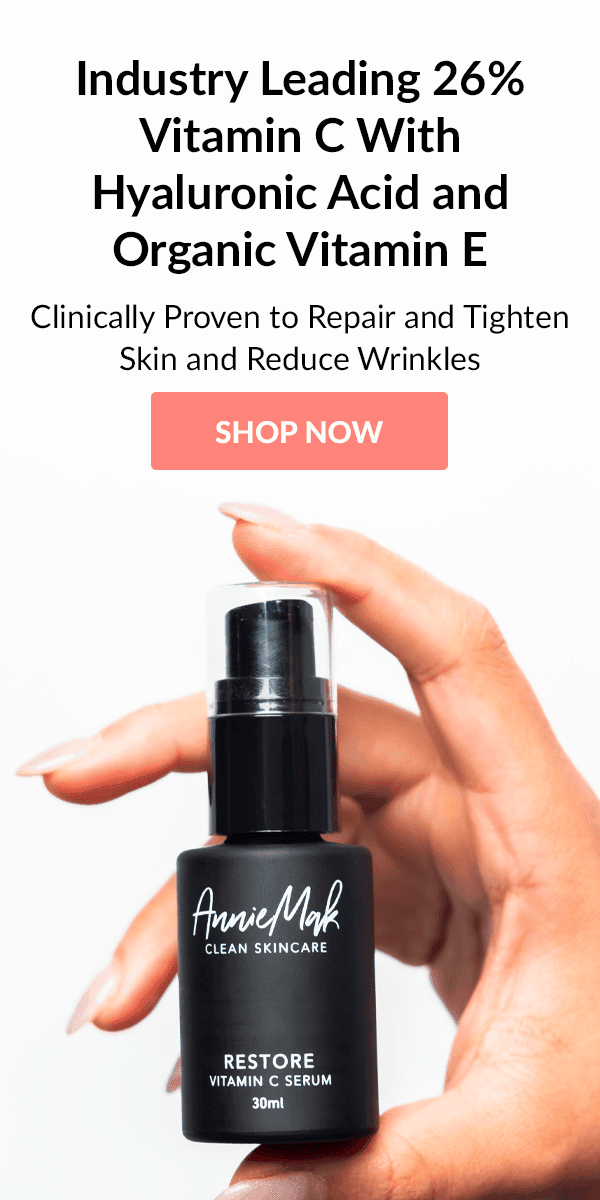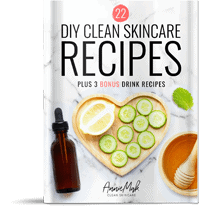After months of cold, dry air, your skin is practically begging for a refresh. Winter can leave it looking dull, flaky, and in desperate need of a wake-up call. But don’t worry—reviving your skin doesn’t have to be complicated. By embracing gentle exfoliation, deep hydration, and skin-loving nutrients, you can bring back that healthy, radiant glow just in time for spring. Whether you’re swapping out heavy moisturizers for lighter formulas, boosting hydration from the inside out, or indulging in a little lymphatic massage, now is the perfect time to reset. Get ready to shed that winter dullness and reveal fresh, glowing skin with these simple, science-backed steps!
Table of contents
Shedding Winter Dullness: A Fresh Start for Skin
The cold weather impacts our skin’s natural moisture barrier. It leads to dryness, flakiness, and sometimes even a lackluster appearance.
Think of it like this: your skin’s surface has been hibernating. The shift to spring is your chance to gently wake it up, revealing the healthy skin underneath.
Exfoliation: The Key to Revealing Fresh Skin
Exfoliation is a great way to start. Getting rid of those dead skin cells makes way for the newer, fresher ones beneath.
Regular exfoliation can help prevent dullness. Gentle exfoliation can be done a couple of times a week.
Consider these approaches:
- Physical Exfoliation: This involves using tools like brushes, sponges, or scrubs to physically remove dead skin cells. Be gentle, and avoid harsh scrubbing that can irritate your skin.
- Chemical Exfoliation: Alpha hydroxy acids (AHAs) like glycolic or lactic acid, or beta hydroxy acids (BHAs) like salicylic acid, can be used. These dissolve the bonds between dead skin cells. Chemical exfoliants can be great for those with sensitive skin.
Remember to apply moisturizer after exfoliating to protect your new skin barrier.
Hydration Hacks: Quenching Your Skin’s Thirst
Think of hydration as giving your skin a big, refreshing drink of water. It’s essential for that glowing skin we’re aiming for.

It’s no secret that drinking water keeps us healthy overall. Studies show a powerful link between how much water we drink and how healthy our skin looks.
Here are practical tips to hydrate skin:
- Drink at least eight glasses of water daily to stay hydrated from the inside.
- Use hydrating face serums. These lightweight formulas can absorb quickly, delivering a concentrated dose of hydration. Look for serums containing hyaluronic acid.
Here is a deeper look into the power of hydrating and moisturizing:
| Hydration Hack | How it Works | Tips |
|---|---|---|
| Drinking Water | Hydrates from the inside out, plumping skin cells. | Aim for at least 8 glasses a day. Carry a water bottle as a reminder. |
| Hydrating Serums | Deliver concentrated moisturizing ingredients deep into the skin. | Look for serums with hyaluronic acid, glycerin, or aloe vera. Apply before moisturizer. |
| Humidifier | Adds moisture to the air, combating dryness, especially in heated or air-conditioned environments. | Use in your bedroom while you sleep for overnight hydration. This can be particularly helpful during the winter months. |
Detoxifying Foods: Nourishing Your Skin From Within
You’ve likely been there, staring at your plate and wondering if what you’re about to eat is doing more harm than good for your skin. It might be difficult figuring out which foods actually promote that fresh look.
Our skin needs essential nutrients to thrive. These include antioxidants, vitamins, and minerals that combat inflammation and protect against cellular damage.
Eating food is a good opportunity to do great things. Check out this quick summary:
“Eat the rainbow.” Fill your plate with colorful fruits and vegetables. Think leafy greens, berries, citrus fruits, and bright bell peppers. These are packed with vitamins, minerals, and antioxidants that help fight free radical damage to the skin from sun, pollution, and the general aging process.
Foods to add to your daily diet:
- Leafy greens: Spinach, kale, and other greens provide Vitamins A, C and E to support skin health.
- Berries: Blueberries, strawberries, and raspberries deliver a rich amount of antioxidants. These help protect your skin from free radical damage.
- Citrus fruits: Oranges, grapefruits, and lemons offer lots of Vitamin C, aiding collagen production and is well known in several facial products.
Focus on keeping it simple, but focused on your skin care.
Embracing the Power of Antioxidants
Vitamin C works wonders in brightening skin tone and fighting the signs of aging, like fine lines and dark spots. Using vitamin C products daily helps keep your skin looking fresh and can stimulate collagen.
Keep Vitamin C products out of direct sunlight. This can hurt the product’s effectiveness.
Remember to focus on Vitamin E and Vitamin A too for healthy cell turnover.

Skincare Shifts: Adapting Your Routine for Spring
As the seasons change, so should your skin care routine. Transitioning from heavier winter products to lighter formulations helps your skin breathe and adapt to the warmer weather.
Start by cleansing gently, and avoid hot water. Use lukewarm water with a cleansing oil or gentle cleanser.
Follow that up by using a light moisturizer to keep your skin from overproducing natural oils. It may be time to transition to a lighter daily moisturizer to prevent moisture loss.
Don’t Forget Sunscreen
It does not matter what the season, as sun protection remains crucial. Wear sunscreen.
With the amount of sunlight you’re exposing your skin’s surface to, now is a good time to take this seriously. Add sunscreen to your daily routine as warmer days arrive and when preparing your skin for increased sun exposure.
A lifetime of sun exposure can increase the risk of skin cancer, wrinkles, age spots, and other skin conditions. Research at the Mayo Clinic finds using a broad-spectrum sunscreen of 30 SPF (at a minimum) every 2 hours when exposed is most effective at prevention.
Address Habits Impacting the Skin
It’s normal to question the small daily choices and their impact on your appearance. There are times where the most logical choices like laying out in the sun are bad.
Research shows a connection between certain lifestyle habits and your well being, and this is even connected to your skins appearance. This can lead to aging skin.
Research indicates smoking is an important environmental factor in premature skin aging. Consider refraining from activities like these:
- Drinking alcohol
- Taking really hot showers and avoid hot water on your face.
- Sitting out in the sun
Rejuvenating Practices: Beyond Skincare Products
Skin refreshing involves getting some downtime and having a way to release daily tension and stress. We’ve all been there – pushing too hard and starting to see the wear and tear.
Things like massages, yoga, and meditation don’t seem skin related at first, but the connection exists. These things can reduce stress, which, left unchecked, can clog pores and increase oxidative stress on the skin.
Getting Your Blood Flowing: Lymphatic Drainage and Facial Massage
Lymphatic drainage, a gentle massage technique, works by stimulating the lymphatic system.
This approach can help reduce puffiness, particularly around the eyes and face, by encouraging the removal of excess fluid and waste products. Adding a face massage boosts circulation to smooth skin.
Prioritizing Sleep and Stress Management
When you don’t get enough rest, it shows with dull skin. Aim for seven to eight hours of quality sleep each night to give your skin time to recover.
Managing your stress levels can keep things like hormonal imbalances in check and improve your mental health. You can try things like mindfulness practices, yoga, and deep breathing techniques.
If you are living with conditions such as breast cancer, multiple sclerosis, depression, or other things, there are online support communities such as Bezzy. There you may find new routines or just a place to share struggles you have.
Facials and Professional Treatments:
If you feel the urge, or are simply due, treat yourself to a revitalizing facial. Professional treatments, especially after a long winter, give your skin an immediate refresh.
They improve blood circulation, leading to more youthful skin. They can also help remove makeup that is hard to get off.

Wrapping It Up!
Embracing ways to learn How to Refresh Your Skin might mean trying something different, so be open to discovering new ways to revitalize. It can also be good news to learn that your approach should include exfoliating routines, attention to diet, and all those healthy choices we should practice, no matter if you have dry skin or oily skin.
Focus on how your body transitions throughout the year. This can help encourage you with new habits and find what helps brighten skin.
Remember those lifestyle factors, such as not checking social media before bed, come into play for feeling and looking revitalized.
FAQs about How To Refresh Your Skin
To start refreshing your skin, cleanse daily and add exfoliating regularly. Try applying face masks too. Remember that staying hydrated is an easy step, so keep the water bottle around.
Try out refreshing your surroundings as part of the renewal process. Take a look at easy changes like, improving diet by adding antioxidant rich foods.
Adding physical exercise is also part of rejuvenating skin care skin, as circulation has effects. Reducing long hot showers could be good.
Start simple. Try sleeping longer, or finding a time to have consistent rests to let your outer layers of skin repair.
Reviving your skin means paying attention to lifestyle choices. Sun protection, like covering with loose clothing and hats while exposed to rays is important, as are all skin types.
Managing your stress is needed for good skin science. You could feel less tense when finding a peaceful place or having new routines to practice and stay healthy.











Leave a Reply